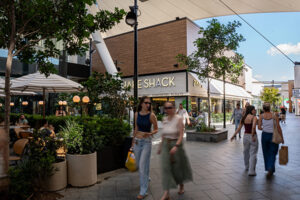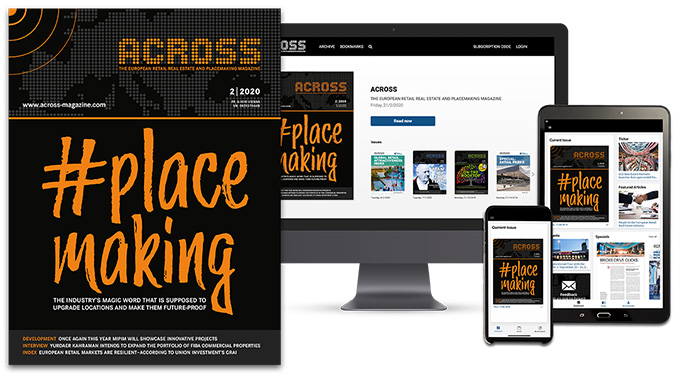Written by
Peter Sempelmann
The real estate consultancy Cushman & Wakefield has published its new ‘Main Streets Across the World’ report, a global ranking of the world’s most prestigious shopping miles. With more than 140 international destinations assessed, the 35th edition of the report reaffirms one overarching conclusion: Europe is once again the world’s most stable and strategically significant retail region.
London’s Ascendent with New Bond Street Taking the Crown
If the 2024 ranking suggested that was gathering momentum, the 2025 edition removes all doubt. New Bond Street, Regent Street, Oxford Street, and Covent Garden all saw double-digit rental growth, driven by:
- surging luxury brand demand,
- sharply declining vacancy (now around 5%),
- favourable GBP–USD dynamics, and
- extensive public realm improvements.
The strongest competition is concentrated in New Bond Street’s now-famous “jewellery corridor” between Clifford Street and Burlington Gardens, where global maisons are securing long-term positions through freehold acquisitions and accelerated lease renegotiations. This consolidation of ownership and brand power is reshaping the street’s tenant mix — and pushing rents to unprecedented levels.
Robert Travers, Head of EMEA Retail for Cushman & Wakefield, notes:

“Luxury groups acquiring properties for owner occupation have displaced some tenants and driven early lease renewals, as brands look to lock in their presence.”
Robert Travers, Head of EMEA Retail for Cushman & Wakefield
The result: London is once again the world’s most expensive retail city, a position that would have seemed implausible only a few years ago. With New Bond Street the most expensive retail street in the world, overtaking Milan’s Via Montenapoleone and New York’s Fifth Avenue in the Cushman & Wakefield ranking.
Top 10 Main Streets Across the World
Ranking by Market 20205

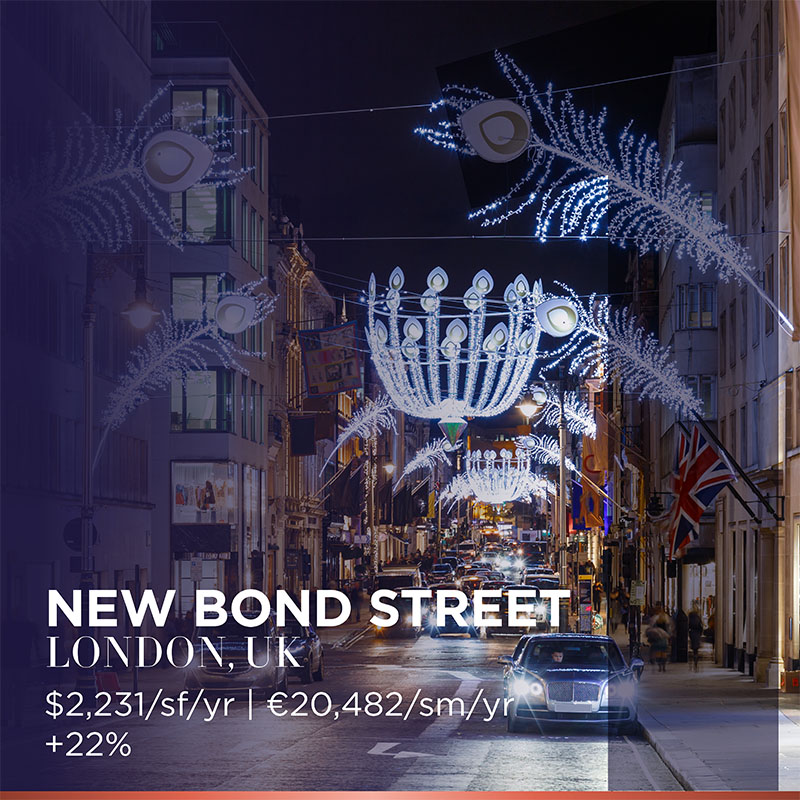
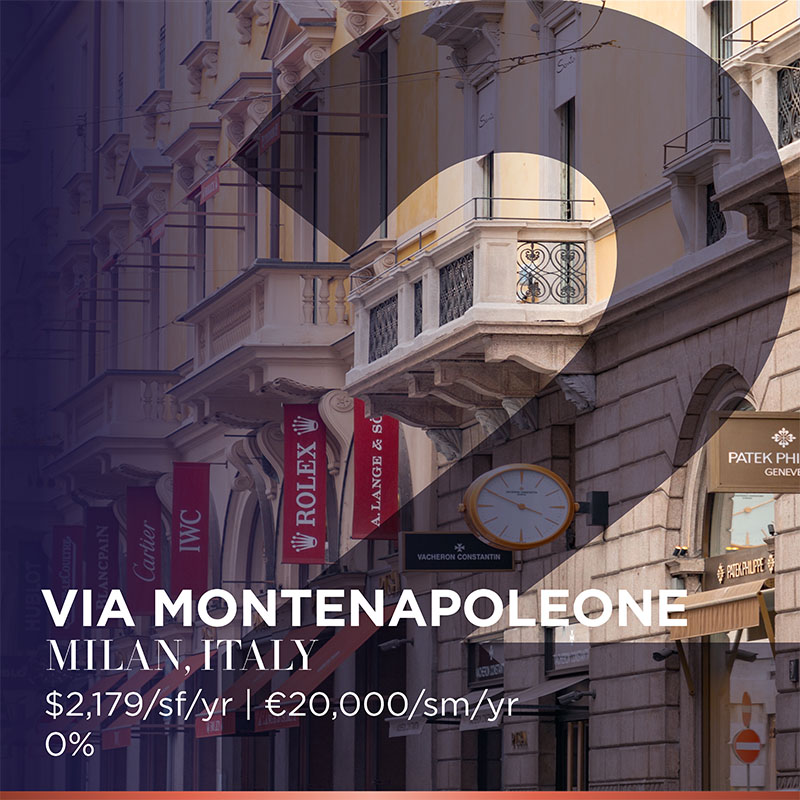

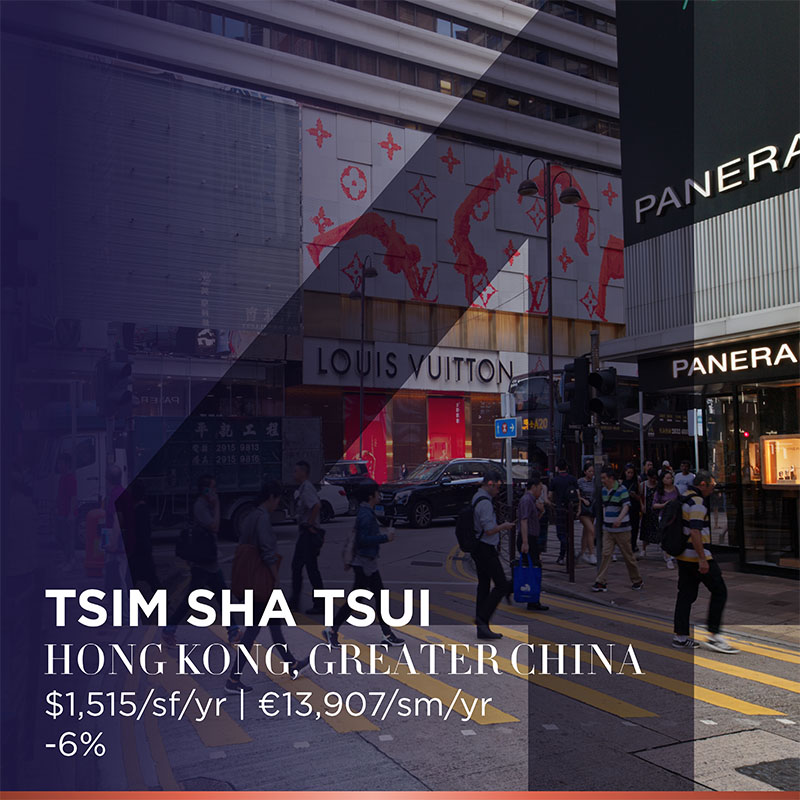



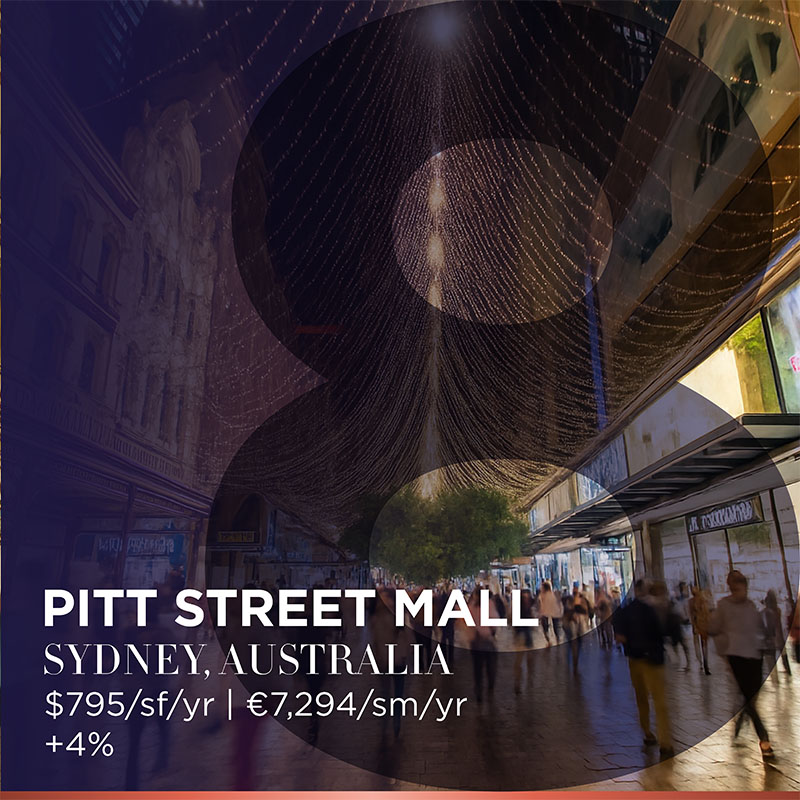


The European Retail Upswing
But London is not an isolated phenomenon. Instead, it reflects a continental trend. According to Cushman & Wakefield, across Europe headline rents increased by an average of 4%, up from 3.4% the previous year.
On the surface, the Americas boasted a higher figure at 7.9%. But that figure is heavily inflated by South American currency effects. In contrast, several key U.S. markets – including New York’s famous Fifth Avenue – recorded flat rents, while Chicago and Seattle saw double-digit declines (-13%).
Asia Pacific slowed further to 2.1% growth with India as regional standout (up to 25% growth), but Greater China and Southeast Asia constrained by subdued tourism and softer domestic consumption.
Against this backdrop, Europe emerges as the most consistent, most resilient, and most predictable retail region globally.
Top 20 Main Streets in Europe 2025
| Ranking | Location | City | Rent (sqm/yr) |
|---|---|---|---|
| 1 | New Bond Street | London, UK | € 20,482 |
| 2 | Via Montenapoleone | Milan, Italy | € 20,000 |
| 3 | Via Condotti | Rome, Italy | € 16,000 |
| 4 | Avenue des Champs Elysées | Paris, France | € 12,519 |
| 5 | Avenue Montaigne | Paris, France | € 9,941 |
| 6 | Rue St. Honoré | Paris, France | € 9,941 |
| 7 | Bahnhofstrasse | Zurich, Switzerland | € 9,644 |
| 8 | Rue du Faubourg St Honoré | Paris, France | € 8,469 |
| 9 | Place Vendôme/Rue de la Paix | Paris, France | € 8,008 |
| 10 | Piazza Di Spagna | Rome, Italy | € 7,600 |
| 11 | Corso Vittorio Emanuele | Milan, Italy | € 7,500 |
| 12 | Covent Garden | London, UK | € 7,280 |
| 13 | Via Strozzi | Florence, Italy | € 7,000 |
| 14 | Sloane Street | London, UK | € 6,964 |
| 15 | La Croisette | Cannes, France | € 6,075 |
| 16 | Via Roma | Florence, Italy | € 6,000 |
| 17 | Regent Street | London, UK | € 5,958 |
| 18 | Via del Corso | Rome, Italy | € 5,800 |
| 19 | Oxford Street | London, UK | € 5,586 |
| 20 | Kohlmarkt | Vienna, Austria | € 5,520 |
Where Europe is Pulling Ahead
Europe’s strength is not only defined by the pace of rental growth, but its breadth. A majority of its major markets – London, Budapest, Vienna, Paris, Milan, Madrid, Berlin – registered robust increases in super-prime rents driven by:
- intensifying competition for limited prime units,
- record-low vacancy in key gateway cities,
- the return of high-spending lomng-haul tourists, and
- an increasingly diversified tenant mix led by luxury, lifestyle, and digitally native brands..
The 2025 report lists only one European city – Luxembourg City – with a rental decline (-10%), driven by a temporary slowdown in demand. Analysts expect stabilization in the near term.
In short: Europe is the region where demand is widest, supply is tightest, and long-term performance most reliable..
Budapest: Central Europe’s Breakout Success Story
One of the most striking developments is the exceptional rise of Budapest’s Fashion Street, which has overtaken Váci utca as the city’s leading retail destination.
Rents on Fashion Street have surged by more than 30%, supported by sustained placemaking investment, upgraded public spaces, and increasing tourism flows.
Drone Flight Over Budapest’s Fashion Street
Budapest’s ascent reflects the broader momentum across Central and Eastern Europe. Cities like Warsaw, Prague, Zagreb, Bucharest, and Bratislava all benefit from:
- rising household incomes,
- modernized urban infrastructure,
- strong domestic and international tourism, and
- growing demand from aspirational lifestyle and digitally born brands.
For the wider market, Central and Eastern Europe is now one of Europe’s highest-growth, highest-yield retail regions — and an increasingly strategic focus for global brands.
Vienna and Paris: Consistency and Cultural Gravity
And there is even more to Europe’s upswing. The rich history and culture strongly contribute to the long-term resilience of European retail. Two cities, Vienna and Paris, embody this better than any other.
Vienna’s Kohlmarkt moved significantly closer to Seoul’s Myeongdong in global ranking terms. Narrowing the rental gap from 24% to just 8% this year. Continuous tourism from the Middle East and Asia reinforces spending power, making it one of the continent’s most predictable luxury corridors.
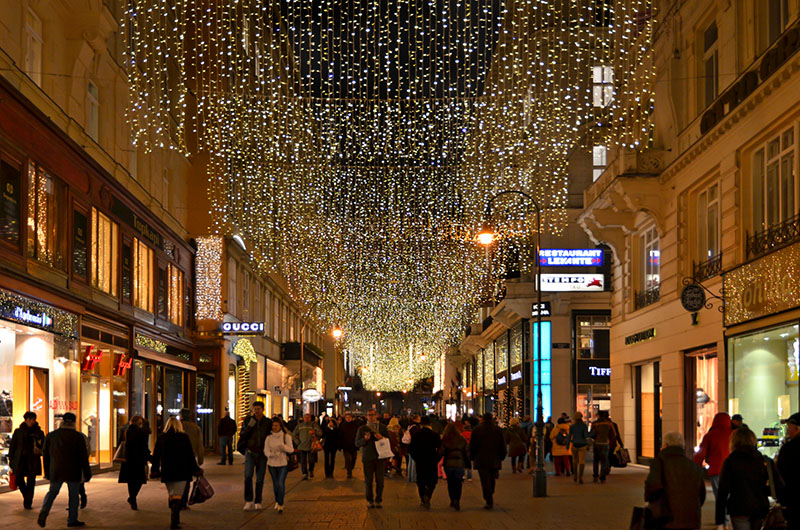
Paris remains one of the world’s most influential luxury market and a magnet for global luxury. With Champs-Élysées, Rue du Faubourg Saint-Honoré, and Avenue Montaigne continuing to attract both heritage maisons and innovative new entrants. While rental growth has been steady rather than spectacular, that stability is precisely what investors value in today’s volatile global context.
Tourism: Europe’s Potent Retail Asset
A defining factor of Europe’s renewed retail strength is the powerful recovery of international tourism.
- Global inbound tourism is expected to grow 8% in 2025 and 7.4% in 2026.
- Growth is broad-based across Southern, Western and Eastern Europe.
With global tourist spending expected to reach a new record of US$2.1 trillion in 2025, Europe’s iconic shopping streets streets – synonymous with craftmanship, heritage and retail experience – are absorbing a significant share of this expenditure. Moreover, long-haul travellers are less price-sensitive and disproportionately represented in super-prime spending.
Europe’s Retail Future: Not Just Stable but Strategic
After two years of recovery, 2025 marks the beginning of a new growth cycle for Europe’s prime shopping streets. The Cushman & Wakefield report projects continued momentum driven by:
- Stable, incremental rental appreciation,
- multi-city expansion strategies among global brands,
- a sustained tourism-driven luxury spending, and
- the rise of more immersive, experience-driven retail formats.
Economic risks remain real – from tariff volatility to currency fluctuations – but within the global landscape, Europe stands out as the region with the clearest trajectory, the strongest fundamentals, and the highest strategic value.
For global retail, Europe continues to be the stage where brand prestige, cultural relevance, and commercial performance meet most powerfully. And in 2025, that is more competitive – and more critical – than ever.



